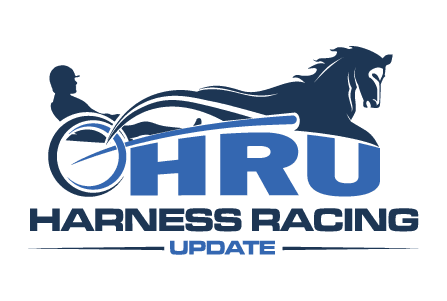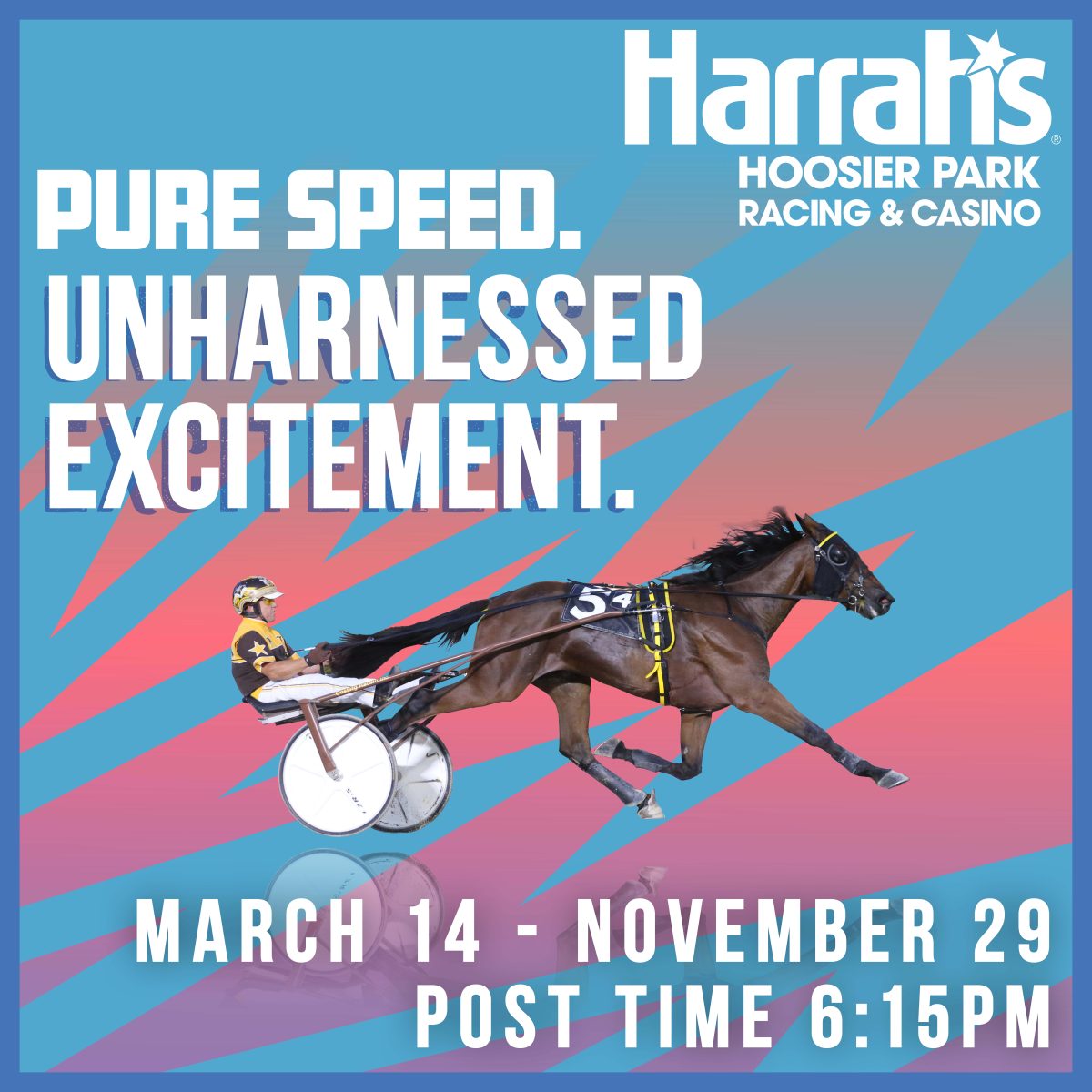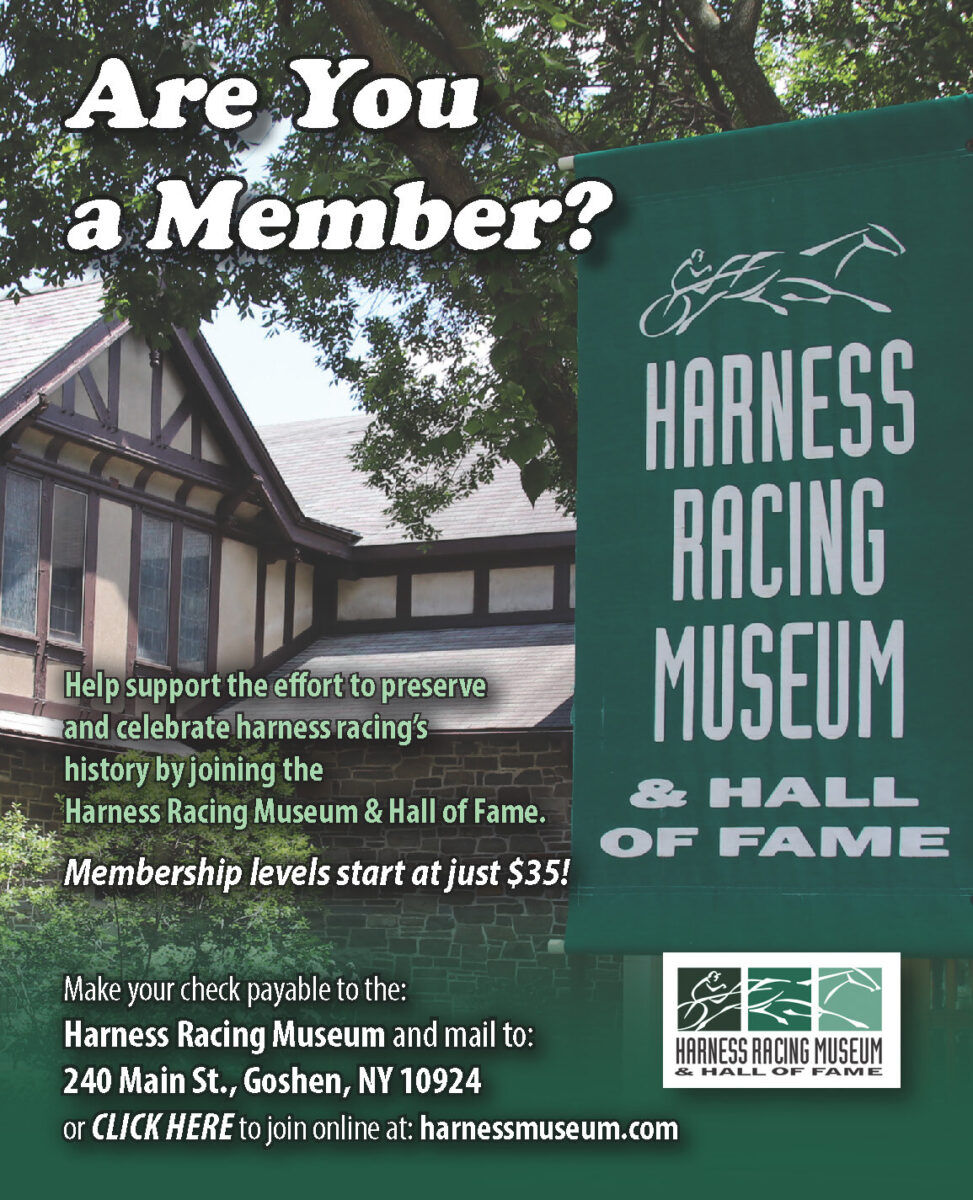HRU Feedback (2017-04-30)
Wrestling with Wrestlemania
Apparently, my letter to HRU a couple of weeks ago (Lessons from Wrestlemania? 2017-04-09 Feedback), served as a bee in some people’s bonnet. Therefore, I feel the need for some clarification. Using the crowd size of Wrestlemania was merely a comparative to the relatively-empty grandstands watching harness racing. I was, in no way, suggesting that harness racing follow the WWE’s lead and start having race results “pre-determined.” That’s absurd. Nor, was I suggesting that harness racing forgo “integrity,” either.
Once, pro wrestling had a limited “cult” following. Conversely, racetracks were thriving, conducting its races before throngs of humanity. Today, it’s a complete reversal — a total 180. So, I would ask others to kindly stop getting hung-up on the “integrity” issue, for, by doing so, they’re missing my point.
Perhaps I made an error even mentioning “integrity” at all. It’s just that I see so much back-and-forth debating on social media, over “beard trainers,” “testing positives,” “takeout,” et al. — minutia disputes conducted by “racing insiders.” However, those things mean little to the people that harness racing is desperate to attract — the new fan.
Harness racing must come to grips with this absolute: It doesn’t exist on most people’s radar. The monopoly is long gone. So is the lure. Most news reported on our sport (save for HRU), only gets picked-up if it’s negative. In my view, if harness racing’s plight is to be solved, it will require a concerted — not contentious — effort from the powers-that-be. Harness racing must recognize that its problem is industry-wide — one that can only be fixed, hopefully, through the spirit of cooperation. Does anyone really believe that when casinos find a way to “decouple,” that harness racing will still exist in the United States, anyway?
In a recent HRU, Adriano Sorella made some sound marketing recommendations. Giving away baseball caps no longer provides an enticement to get people to “come out to the racetrack.” Harness racing must embrace a bold, new marketing strategy and put the requisite dollars behind such a focused campaign, in order to make it work, while overcoming the obstacle that millennials don’t want to have to learn how to do something, in order to participate in a recreational activity.
Identifying harness racing’s quandary is simple: “Harness racing must find a way to place something of value into someone’s hand, that makes them care about the outcome of a race.” Now, what that is exactly, is subject to debate. But, that must be the objective. We’re a sport on which people gamble, yet most are ignoring it. The question is why? The uninitiated must be made aware that they are missing out on something exciting, rewarding and fun! It’s our job to tell them, but this will only work, if everyone gets on the same page!
— Steve Ross / Medford, NJ
Gural’s message to drivers
I totally agree with Brett Sturman’s story (full story here) about the importance of pleasing our customers and assuring them that when they wager at the Meadowlands the driver is going to make every effort to win. I had a long talk with Pat Lachance about his drive on Penpal and I think he understands how important it is here at the Meadowlands since the only income we derive is from wagering to make sure that when a horse is 3 to 5 he is given every opportunity to win. Clearly Penpal is a one-run horse and he did get behind dull cover, but I agree he could have gotten a more aggressive drive. I have the same message for all of the drivers here at the Meadowlands and I think they understand the issue. I want to assure my customers that I watch every race and if I see something that I think is not appropriate I will reach out to either the Judges or the individual involved.
— Jeff Gural / chairman Meadowlands Racetrack
More feedback on Sturman
Sturman’s article on the “racing conundrum” had me thinking of a few parallel situations that do or can happen.
The nail salon that is in the center of town does mediocre work at best on fingernails and feet, yet they are, on paper, stunningly successful. They always seem to be busy, yet the work is average, and there seem to be more men than women.
The mediocre business is supported by a “back room” business, and everyone leaves happy at the end.
Without this part of the business, the nail painting and the foot massages cease to exist, yet the nail business, for the employees of that part of the business, is booming. As it is for the tax man.
The “Happy Ending” parlor needs the other part for appearances and some accounting concerns but would otherwise do just as well without the front of the store.
Does this sound a little like harness racing today?
Tuesday night at Pocono Downs, the purses paid out were $192,500.
I do not know what the handle was exactly, but I will guess that in 14 races it did not exceed $500,000, and probably more near $400,000.
Again I will be conservative and say that the aggregate takeout is somewhere near 25 per cent when the WPS pools are averaged with the usurious rake from the exotic pools.
The track “held” anywhere between $100,000 and $120,000 (and I may be overstating the handle somewhat here).
The Mohegan Tribe paid out $70,000-$90,000 more than they took in. Very benevolent of them, except for the fact that currently, the casino only opens each day because of the money-bleeding racetrack. It’s a mandate and that’s the way it is, for now.
Try bleeding close to $100,000 a day in your business and see how long you stay there.
The extortion part is when a law or agency says that you MUST pay out to a business that otherwise loses money and cannot stand alone. Don Fanucci in “The Godfather” (“Just enough to wet my beak”) comes to mind.
Let’s also consider the human viruses that infect harness racing. The gassers and cheats and dirtbags who otherwise treat horses like Kleenex and use them and toss them to get purse checks and cash tickets. Why are some of these piles of excrement still allowed to race? And get fatter and flourish.
The welfare train will eventually come to an end and the casinos will eventually keep more of the money or it will be spent/wasted elsewhere.
As for the races and drives mentioned, I find nothing unusual there at all.
It’s been going on in harness racing since the first week of harness racing.
Lachance did not inherit the driving genes of his father, but he understands that two second-place finishes equal a win, and two thirds equal a second. And the bills to his owners get paid that way, and so on. Caveat Emptor.
Welfare, whether in the form of free food and shelter or in bloated, artificial purses, is nothing more than an additional tax that the public pays for.
Eventually, someone will attempt to cut off the “hand” that extorts them. You can figure out who the hand is and who is paying out here. And it won’t last forever. Nor should it.
The “back room” and the casino will survive and flourish in one form or another, and the salon and racing operation will likely perish. Sad but true.
— Vic Dante / North Caldwell, NJ
Googoo Gaagaa’s future may be in Europe
Read your article about Ei Ei O (link here), fantastic work from Mr Hans. I’m agent for Googoo Gaagaa in Europe and I noticed that both Cam’s Rocket and Googoo, so far, have mostly bred inexpensive and/or less attractive pedigreed-mares.
In Europe we can use Googoo Gaagaa on frozen semen. Here, especially in the Scandinavian countries, we worry a lot about high inbreeding and believe that a inbreeding of 10-12 per cent is high. Therefore a number of our breeders tried Googoo with their U.S.-top pedigree mares.
He has only three two-years olds (mares bred in U.S. and then exported), all of them with Swedish trainers, but he has 25 yearlings, bred to a group of really nice mares. This year there will be, totally, about same number of foals but maybe in Scandinavia (Sweden, Finland, Norway and Denmark). Now at Nandi Farms (PA), I hope that he gets the chance that he deserves, but maybe the future for him is through his offspring (in Europe).
Here you find pedigree on them all (link)
— Robert Lindstrom / Sweden
Blue Chip on HHBNYS
As the largest commercial standardbred breeding farm in NY State for the last 20 years, our success and future growth couldn’t be more aligned with that of the New York Sire Stakes program.
This impending change made solely by The Agriculture and New York State Horse Breeding and Development Fund to replace Harness Horse Breeders of New York State (HHBNYS) is now here. The collective voice of the New York breeders and horsemen/women throughout the decision making process does not seem to have been solicited or recognized. And now, in this “twenty-fifth hour,” we can only echo the same grave concerns as clearly and cogently stated recently by our peers.
We know firsthand how much knowledge, focus and effort has been required from the HHBNYS to build and run the administrative process of the NYSS, and maintain it as the best program available anywhere. The confidence in the program has been a main driver in our multiple millions of dollars of long-term investment supporting the NYSS.
We look forward to more details about just how this will continue to be accomplished in the future. It is our hope the collective wisdom and experience of the HHBNYS, at the very least, will continue to be a large part of the solution.
Our more than 30 employee’s livelihood as well as those of all of our local suppliers and our stewardship of 700 acres of open space relies directly on the outcome. We thus stand ready, if finally asked, to help in any way possible.
— Blue Chip Farms
Something to think about when purchasing a yearling at auction
Last fall, we assembled a group of three who wanted to invest in an Ontario-Sired yearling. Our homework done, we headed to the SELECT YEARLING Sale in Lexington, KY.
When the hammer dropped we were the proud owners of a Kadabra colt out of Pippylongstockings, “Free Speed” for $47,000 U.S. A grand looking colt that we had visions of watching him train and hopefully race in the coming years in the lucrative OSS program.
Within two weeks those dreams started to fade when he started to jog sore. Not to be discouraged we thought he just had sore feet as he hadn’t been shod yet, but that was not the case. Vet appointment made, x-rays taken, hopes and dreamed crushed.
X-ray reveals a large Aged fracture of the coffin bone extensor process, with severe coffin joint arthritis. The degree of degenerative joint disease in this foot will result in permanent lameness and the horse will NEVER train or race. This condition was present at sale time. — Melissa McKee DVM
Severe fracture of the coffin bone that involves the extensor process. The largest I’ve ever seen. — Michael Spinito DVM
Same diagnosis after reviewing radiographs, end result Euthanasia. — Nathalie Côte DMV, DVSc, ACCS diplomats.
Devastated, we contacted the sales company, the consignor, the owner.
Nothing they could or would do.
How can this be? How could this injury go unnoticed? Even if it had, how could they not take him back? It was a pre existing condition. It was a select sale.
Imagine if this had been your first venture into harness racing. What if it had been “The Stable” that had purchased this yearling? How could you explain this to 100 owners and then tell them he needs to be euthanized.
We looked after, cared for, had to see that wonderful animal every day until his life was ended in January 2017.
What recourse does a buyer have?
— Brenda and Paul Walker, Jim Ruhl, Barry Klages
More advance notice would have been better for International Media Awards
This letter concerns the handling of American entries for the World Trotting Conference 2017 International Media Awards, which are to be judged by International Trotting Association representatives this summer.
While Standardbred Canada opened submissions for Canadian entries on February 14, 2017, Americans seeking to enter their national semi-finals for the WTC Media Awards had a considerably-longer waiting period.
Between February 14 and March 11, there was no clarification for would-be American entrants. The USHWA Canada Twitter account received inquiries about where to submit entries and the U.S. awards deadline. We had no specific information about the 2017 competition, beyond a media release from the last WTC International Media Awards, when the USTA announced it would be accepting submissions as of January 8, 2015.
On March 10, 2017, the USTA Communications Department released a call for Americans to submit their best work for WTC International Media Awards consideration. The deadline was March 31, 2017. This left very little time for potential entrants to assemble their entries electronically, prepare cover letters, select appropriate categories, etc.
Subsequently, a poll for online voting on the U.S. finalists in various International Media Awards categories was opened, closed, then reopened due to the accidental exclusion of an entry.
The announcement included mention that there was a single entry received for one category, thus eliminating the need for a vote in that division. USHWA Canada was made aware of another entrant in that category, who was unaware that his was not the “lone” entry received — until it was too late. The divisional winner had been acclaimed and announced; the other entrant had never received a confirmation email indicating receipt of his entry, nor did the USTA release share the identity of the “one” entrant in that division in time for the second to take note and respond accordingly.
This letter is not intended to point fingers or spur negative debate. Nonetheless, it does seem it would have been beneficial and fairer to US-based International Media Awards semi-finals competitors had there been greater advance notice and clear communication surrounding the submission of entries for the 2017 edition.
Best wishes to all WTC member countries’ finalists.
Respectfully submitted,
— Melissa Keith / Lr. Sackville, NS

















